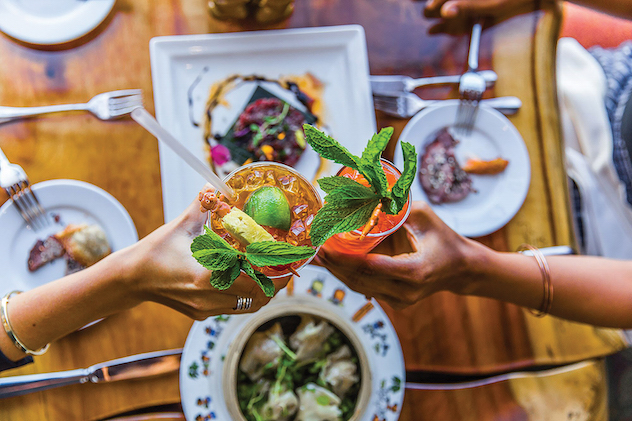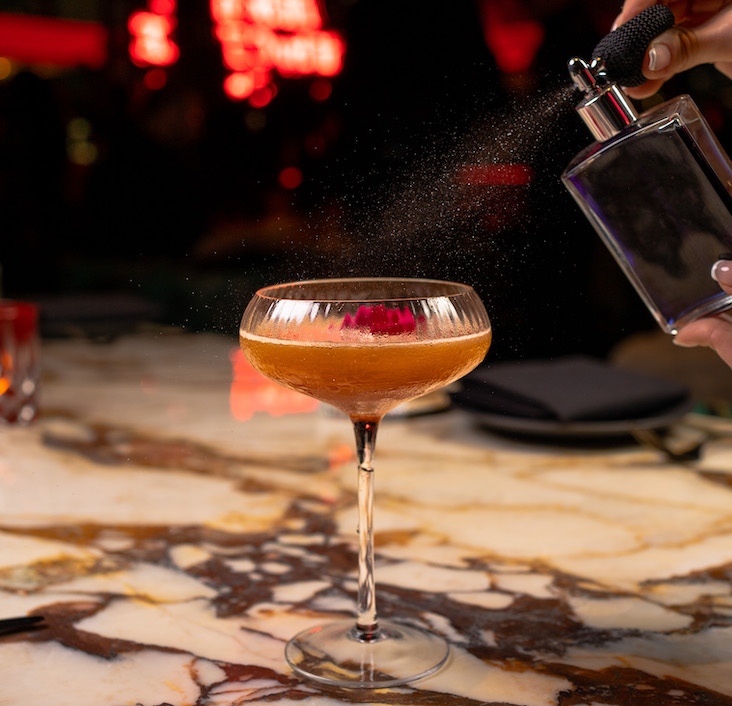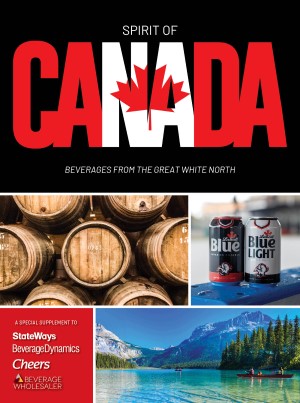Just the mention of rum is often enough to bring forth happy memories of fruity cocktails sipped by the beach or pool. That’s not surprising, since so much of the spirit is produced on tropical islands with palm-tree-lined beaches.
But just because rum typically means fun and doesn’t always take itself too seriously doesn’t mean that it’s not a serious spirit category. An increased emphasis on quality, along with thoughtful, purposely production techniques and versatile iterations from silver to aged to agricole continue to move rum forward in new and exciting ways.
Among mature expressions in particular, one of rum’s attributes is its similarity to an iconic American whiskey, according to Ivy McLellan. “Rum’s versatility as a spirit is showcased in its ability to draw some comparison to a good bourbon,” says the head bartender at the 100-seat Snackbar in Oxford, MS. “Some similar tasting notes and thoughts on aging put it in a comfortable zone for bourbon enthusiasts.”
The contemporary southern restaurant’s position in the Southeast U.S. means that many customers are already bourbon fans. McLellan uses this to his advantage by gaining their trust with rum riffs on the Manhattan, Crusta and Negroni.
His favorite is a Rum Old Fashioned made with El Dorado 12-year-old rum, Appleton Estate rum and Plantation O.F.T.D. rum, lime peel, turbinado syrup, Angostura bitters and house-made citrus bitters. Snackbar offers about 15 rums, priced $8 to $20 a pour, with cocktails ranging from $9 to $11.
The concept recently held a rum-focused takeover with a local distributor that allowed staff to acquaint guests with Tiki culture. “Fun events like these help us to introduce people to new categories and encourage them to take a deeper look at those spirits with which they may already be familiar,” McLellan says.
Mai Tai high
Tiki tipples naturally rule at the 17 locations of Trader Vic’s, known for its authentic island ambiance, Asian fusion cuisine and tropical cocktails. The concept is most famous for the Original Mai Tai, created in 1944 by founder/namesake Victor “The Trader” Bergeron.
Still the restaurant’s most-requested cocktail and priced at $14, the Mai Tai combines Trader Vic’s amber rum with orange curaçao, Trader Vic’s rock candy syrup, Trader Vic’s orgeat syrup and lime juice, served over crushed ice in a signature glass and garnished with mint and half a lime shell.
“There’s a new respect and appreciation for tropical classics,” says Eve Bergeron, Trader Vic’s head of marketing and the granddaughter of Victor Bergeron. “Bartenders are finally realizing how complex yet refined tropical drinks really are, and they are studying the history behind them.”
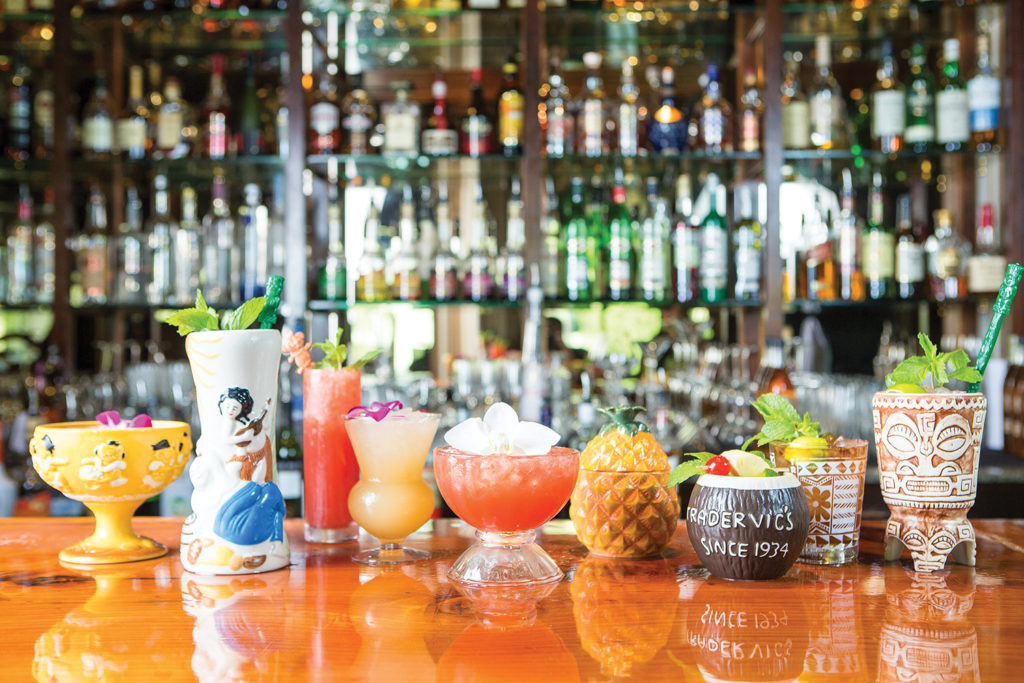
Trader Vic’s, which this past November celebrated its 85th anniversary, curates a list of hundreds of rum drinks; more than 50 are available at any given time. The menu also lists 59 rum brands priced from $9 to $900.
And though many people see rum being intrinsically linked to the Caribbean, Bergeron is excited about the availability of brands from other areas. “We have seen the introduction and increase of rum distillers here in the U.S., who have been creating amazing complex styles of rum where not long ago there were none,” she says.
Respected American producers include Koloa Rum Co. in Hawaii, Lyon Distilling in Maryland, Pennsylvania’s Maggie’s Farm and High Wire Distilling Co. in South Carolina.
Transparency on production and aging
Regions that produce rum have seen a trend among distillers about being more forthright about production methods and aging regimens. This has helped boost consumer trust and interest in the spirit.
“A deep appreciation for transparency has made its way to the forefront of new hotness in rum,” says Colin S. Smith, general manager at Last Rites, a 64-seat Polynesian Noir destination bar in San Francisco. This includes knowing where the sugarcane was grown and processed, the type of still used, the origin of blended spirits, whether sugar or artificial coloring was added and the rationale behind any and all of the master distiller’s decisions.
The fact that the availability of education about certain brands has vastly improved, and passionate individuals are spreading the rum love and knowledge, have helped as well. “All of those explanations make us supremely happy and make selling the specific bottle that much easier when it comes time for face-to-face interaction,” Smith notes.
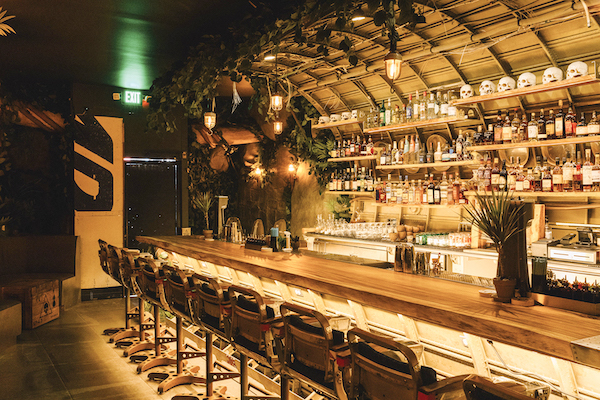
He continues a focus on education by covering rum in formalized handbooks, holding frequent tastings on new offerings as well as refreshers on longstanding menu favorites and inviting brand ambassadors to hold on-site training sessions for staff.
Last Rites offers about 110 rums priced from $9 to $200 for a 2-oz. serving. Most inventory hovers in the $13 to $22 range, which Smith deems a “sweet spot” for budget-minded guests still seeking world-class rum.
The bar’s namesake cocktail ($14) mixes an overproof rum blend with pressed lime, passion fruit, molasses and a secret mix. But Smith believes “the Daiquiri and Mai Tai will never be dethroned as the King and Queen of rum-based cocktails.”
Last Rites’ version of the Daiquiri shakes a proprietary-blended Mosswood dry rum with dry and sweet vermouth, lime and sugar, and is pricd at $12. Smith has also developed takes on classic gin and whiskey cocktails, “inserting ostentatious and exotic rums to increase overall flavor.”
Kenneth McCoy, chief creative bartender at The Rum House, a 65-seat bar in New York’s Time Square, agrees that transparency is growing the category. “Obviously it’s a wonderful old spirit, but people are truly interested in how it’s made,” he says.
“Most people thought of rum as a super-sweetened sugar product with a lot of additives, and that is starting to change,” McCoy notes. It’s the same way guests appreciate knowing where their steak was sourced and whether or not salad ingredients are organically grown and where they were farmed.
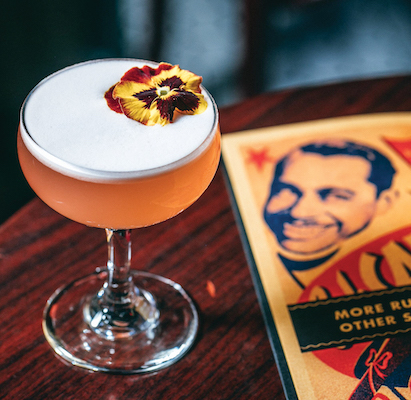
The Rum House carries around 100 different rums priced $12 to $150 per pour. The selection includes rare and limited bottlings like The Black Tot, which is the last of the British Royal Navy rum, Four Square from Barbados and Navazos Palazzi from Spain.
Classic rum cocktails such as a Mojito ($15) with Plantation 3 Star Rum and the Dark ’n’ Stormy ($15) with Gosling’s Black Seal rum are among the most popular on the menu, which is updated each spring and fall. House originals like the Mr. Pink ($15), with Banks 5 Island rum, lime, pineapple, Campari and egg white, also appeal to guests.
The sipping point
Sipping rums are on the rise, according to McCoy. A few include Hampden Estate Single Jamaican 46% and The Real McCoy 12 Year from Barbados.
As with some Scotches and other single malts, there are rums that are just too special and too complex—not to mention too expensive—to be mixed with other ingredients, admits Smith.
“A sipping rum for me is a spirit that is so full of flavor and rare that using it in a cocktail would be blasphemy.” Smith goes on to say that the availability of expressions with such vastly contrasting tasting notes and methods of production have risen the bar, and that pretty much any bottle on the shelf could be considered a “sipping spirit.”
McLellan agrees. “Rum has wonderful qualities that can sometimes only be appreciated when taken in without the distraction of other places,” he notes. “What better way to explore the subtlety of a spirit than to enjoy it near or on a bit of ice?”
Getting funky with rhum agricole
That philosophy also holds true for rhum agricole, which is made from freshly pressed sugarcane juice instead of molasses. The rhum style is indispensable in the Ti Punch, along with pure cane syrup and a small squeeze of lime juice, usually served at room temperature.
But rum fans have also recently been discovering rhum agricole works equally well in other libations and as a sipping spirit.
“These varieties offer a more rustic take compared to what you generally associate with more common rums,” McLellan says. “The funky vegetal offerings lend themselves to brighter pairings and deliver a more unique take on the spirit category.”
Rhum agricole is traditionally made in the French West Indies. Smith says that Trois Rivieres Cuvee de L’Ocean from Martinique is worth seeking out, as the sugarcane grown next to the sea lends a saline characteristic to the spirit.
He also points out that there are other well-made, agricole-style rums grown elsewhere, from Paranubes Oaxaca rum from Mexico to Ko Hana Agricole rum in Hawaii. Brazilian cachaça, best known for its role in the country’s signature cocktail the Caipirinha, is made in a similar way to agricole rum; Smith is partial to Avua Amburana, which he says “tastes exactly like Cinnamon Toast Crunch cereal.”
Rum is hot and is only getting started, McClellan says. “I’m always inspired by the variety—deep age next to funky vibrant young offerings.”
McClellan has been having fun juxtaposing the smokiness of mezcal with the smooth, unctuous caramel and vanilla notes of mature rum and adding a splash of rum to long, low-ABV cocktails with sherry and vermouth.
“The overwhelming flexibility it offers as a spirit is thrilling.”
Kelly Magyarics is a travel, beverage, food and lifestyle writer in the Washington, D.C. area.

